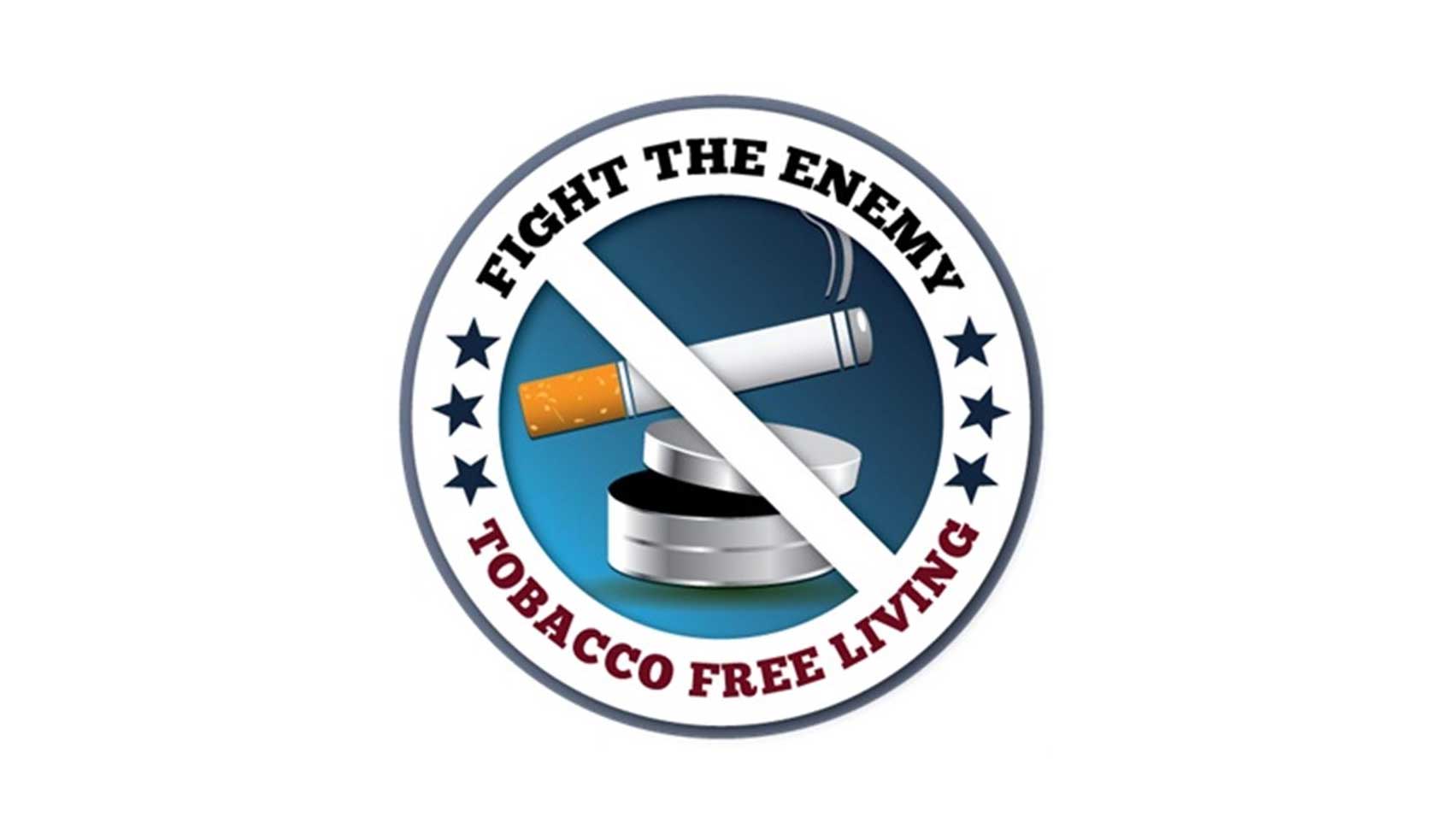
QUIT TOBACCO TODAY!
Tobacco use disorder is among the most prevalent, deadly, and costly of substance dependencies.
Therapeutic yoga is a holistic approach that works on the body, mind and inner spirit. Various yoga
practices scientifically strengthen different systems in the body. Yoga enables us to address physical, mental, and
emotional issues our body is going through.
The World Health Organization estimates that there are 1 billion smokers worldwide, and they smoke 6 trillion cigarettes
a year. They also estimate that Tobacco kills more than 3 million people each year.
Every year, on 31st May, the World Health Organization (WHO) and global partners celebrate World No Tobacco Day (WNTD).
This is an annual campaign to raise awareness on the harmful and deadly effects of tobacco use and second-hand smoke
exposure. The aim is to discourage the use of tobacco in any form.
Tobacco use is one of the leading causes of preventable death and disability in the world. Heart disease, a leading cause
of death, has been linked to tobacco use. About 10% of all cardiovascular disease deaths around the world are related to
tobacco use and second hand smoke.
Non-communicable diseases (NCDs) like ischemic heart diseases, cancers, diabetes, chronic respiratory diseases are the
leading causes of death globally and associated with tobacco use.
Tobacco products contain around 5000 toxic substances. Most important and dangerous constituents are: Nicotine, Carbon
Monoxide and Tar. Nicotine is the major cause of the behavioural effects of tobacco. It is a poisonous substance that
leads to addiction. After absorption, nicotine travels rapidly to the brain, therefore, the psychoactive rewards associated
with smoking occur quickly and these rewards are highly reinforced. Nicotine binds to the receptors in the brain where it
influences the cerebral metabolism. Nicotine is then distributed throughout the body, mostly to skeletal muscles.
Carbon mono-oxide reduces the amount of oxygen blood can carry and causes shortness of breath. Tar is a sticky residue
which contains benzopyrene, one of the deadliest cancer causing agents known. This also contributes to chronic respiratory
diseases and increased cases of pulmonary tuberculosis. Nicotine consumption also affects mental and physical arousal,
learning and memory, and several aspects of emotion.
When non-smokers are exposed to Nicotine and toxic chemicals emitted by smokers it is called passive smoking or exposure to
second hand smoke. This too contributes to lung cancer deaths and coronary heart disease in adult non-smokers.
Among children second hand smoke is implicated in sudden infant death syndrome, low birth weight, chronic middle ear
infection, and respiratory illnesses.
FORMS OF TOBACCO INTAKE
- Cigarette - Most common and most harmful
- Bidi – most commonly used form in India
- Cigar
- Sheesha
- Tobacco chewing
- Kreteks (clove cigarettes)
- Snuff – Moist & Dry
- E-cigarette – recently introduced in the market and has become common amongst the young adults.
WHY SHOULD YOU QUIT TOBACCO
Smoking cessation has major and immediate health benefits for people of all ages and provide benefits for
people with and without smoking related diseases. Former smokers live longer than those who continue to smoke.
Women who stop smoking before pregnancy or during the first 3-4 months of pregnancy reduce their risk for having low birth
weight infants.
TIPS TO QUIT TOBACCO
- Find your reason to quit
- Make a decision to quit
- Get rid of all the tobacco you have
- Try Nicotine replacement therapy
- Delay gratification
- Have a chewing gum
- Avoid triggers as it could cause a relapse
- Don't think that you can have just one
- Do a physical activity
- Practice relaxation techniques
- Avoid passive smoking
- Get support from family and friends – inform them that you are trying to quit
- Use diversionary activities to deal with cravings
- Get medical advice
- Eat fruits and vegetables
- Use affirmations
- Resist cravings
- Stay busy
- Surround yourself with healthy influence
- Practice stress management
- Find a self help book
- Attend a support group
- Remind yourself of the benefits of quitting
- Reward yourself
Remember, trying something to beat the urge is always better than doing nothing. And each time you resist a tobacco craving, you're one step closer to being totally tobacco-free.
It's hard to quit, but you can do it.
Recent Articles
- Aptitude, Interest, Personality for Career
- Careers and Their Pathways
- Depression Need Not Be A Lifestyle
- Exams = Tension, Worry, Stress, Anxiety, Fear?
- Healthy Body + Healthy Mind = Healthy Life
- Learning Disabilities-Part 1
- Learning Disabilities-Part 2
- Stress Management
- The Two Poles of Mood:Bipolar Disorder
- Understand The World of Adhd!!!
- What is Schizophrenia
- Youth and Mental Health